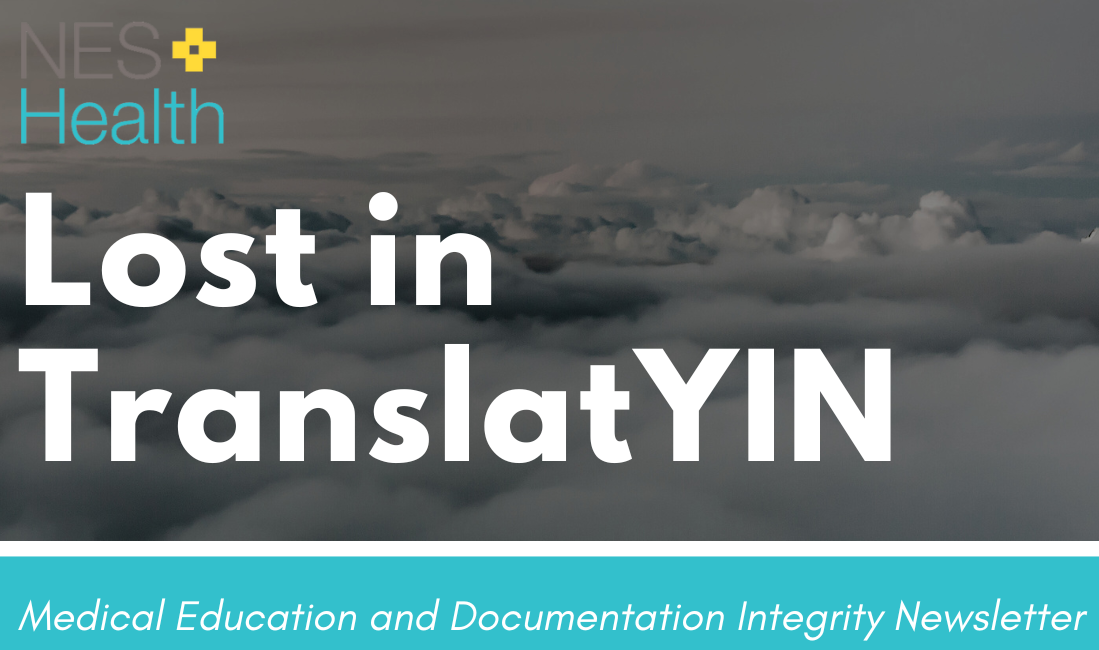OBSERVATION TEMPLATES
Chest Pain
Patient is being observed in the Emergency Department for chest pain. Observation time was started at [ ] on [ ]. Patient is currently stable and non-toxic appearing. Observation is being initiated in the Emergency Department to allow time to help differentiate if the patient’s chest pain is due to Stable Angina, Musculoskeletal Chest pain, Pleurisy, and Anxiety versus Unstable Angina, Non-ST elevation Myocardial infarction, and ST elevation Myocardial Infarction. The patient will receive serial troponins and repeat EKGs to help monitor for all aspects of Acute Coronary Syndrome. Observation for this patient ended at [ ] on [ ]. The patient was [discharged] [admitted] [transferred] from the Emergency Department after observation was completed.
Psychiatric Complaint
Patient is being observed in the Emergency Department for depression and anxiety. Observation time was started at [ ] on [ ]. The patient is currently stable and non-toxic appearing. Observation is being initiated in the Emergency Department to allow time to help differentiate if the patient’s depression and anxiety is due to Substance Induced Mood Disorder and Anxiety versus Major Depressive Disorder, Bipolar Mania, Bipolar Depression, and Schizophrenia. The patient will receive frequent psychiatric assessments from the provider as well as from nursing staff. The patient will also be monitored for the need of PRN agitation medications such as Haldol, Ativan, and Benadryl. Observation for this patient ended at [ ] on [ ]. The patient was [discharged] [admitted] [transferred] from the Emergency Department after observation was completed.
Alcohol Intoxication/Overdose
Patient is being observed in the Emergency Department for encephalopathy. Observation time was started at [ ] on [ ]. The patient is currently stable and non-toxic appearing. Observation is being initiated in the Emergency Department to allow time to help differentiate if the patient’s encephalopathy and delirium is due to alcohol intoxication and polysubstance abuse versus stroke, transient ischemic attack, major depression, overdose of medication, arrhythmia, seizure, or closed head injury/concussion. The patient will receive frequent assessments from the provider as well as the nursing staff. The patient will be monitored for the need for diagnostic imaging such as a CT head, MRI brain, chest x-ray, and serial EKGs to evaluate for prolonged QTc intervals. The patient will also be monitored for the need of PRN agitation medications such as Haldol, Ativan, and Benadryl. Observation for this patient ended at [ ] on [ ]. The patient was [discharged] [admitted] [transferred] from the Emergency Department after observation was completed.
New onset Seizure
Patient is being observed in the Emergency Department for new onset seizure, lactic acidosis. Observation time was started at [ ] on [ ]. The patient is currently stable and non-toxic appearing. Observation is being initiated in the Emergency Department to allow time to help differentiate if the patient’s seizure and lactic acidosis is due to new onset epilepsy vs alcohol withdrawal, status epilepticus, arrhythmia, polysubstance abuse, overdose of a psychiatric medication, or sepsis. The patient will receive frequent assessments from the provider as well as the nursing staff. The patient will be monitored for the need for diagnostic imaging such as a CT head, MRI brain, EEG, a repeat lactic acid, and serial EKGs to evaluate for prolonged QTc and QRS intervals. The patient will also be monitored for the need of PRN medications such as ativan, and valium. Observation for this patient ended at [ ] on [ ]. The patient was [discharged] [admitted] [transferred] from the Emergency Department after observation was completed.
Asthma Exacerbation
Patient is being observed in the Emergency Department for asthma. Observation time was started at [ ] on [ ]. Patient is currently stable and non-toxic appearing however still short of breath above their baseline. Observation is being initiated in the Emergency Department to allow time to help determine whether the patient will require inpatient admission for Asthma exacerbation vs if the patient is stable for outpatient management with prednisone and albuterol. The patient will be monitored on a continuous pulse oximeter and be given additional albuterol nebulizer treatments. Observation for this patient ended at [ ] on [ ]. The patient was [discharged] [admitted] [transferred] from the Emergency Department after observation was completed.
COPD exacerbation
Patient is being observed in the Emergency Department for COPD exacerbation. Observation time was started at [ ] on [ ]. Patient is currently stable and non-toxic appearing however still short of breath and not at their baseline. Observation is being initiated in the Emergency Department to allow time to help determine whether the patient will require inpatient admission for COPD exacerbation and acute on chronic respiratory failure vs if the patient is stable for outpatient management with prednisone, albuterol, and azithromycin. The patient will be monitored on a continuous pulse oximeter and be given additional albuterol nebulizer treatments and steroids. Observation for this patient ended at [ ] on [ ]. The patient was [discharged] [admitted] [transferred] from the Emergency Department after observation was completed.
Abdominal pain/Nausea and Vomiting
Patient is being observed in the Emergency Department for abdominal pain, nausea/vomiting. Observation time was started at [ ] on [ ]. Patient is currently stable and non-toxic appearing however still experiences abdominal pain and vomiting. Observation is being initiated in the Emergency Department to allow time to help determine whether the patient’s abdominal pain is due to gastritis/enteritis and cyclical vomiting syndrome vs early small bowel obstruction, early mesenteric ischemia, or abdominal viscous perforation. The patient will have serial abdominal exams, frequent reassessments and offered medications such as zofran, phenergan, reglan, haldol, and IV fluids. Observation for this patient ended at [ ] on [ ]. The patient was [discharged] [admitted] [transferred] from the Emergency Department after observation was completed.
